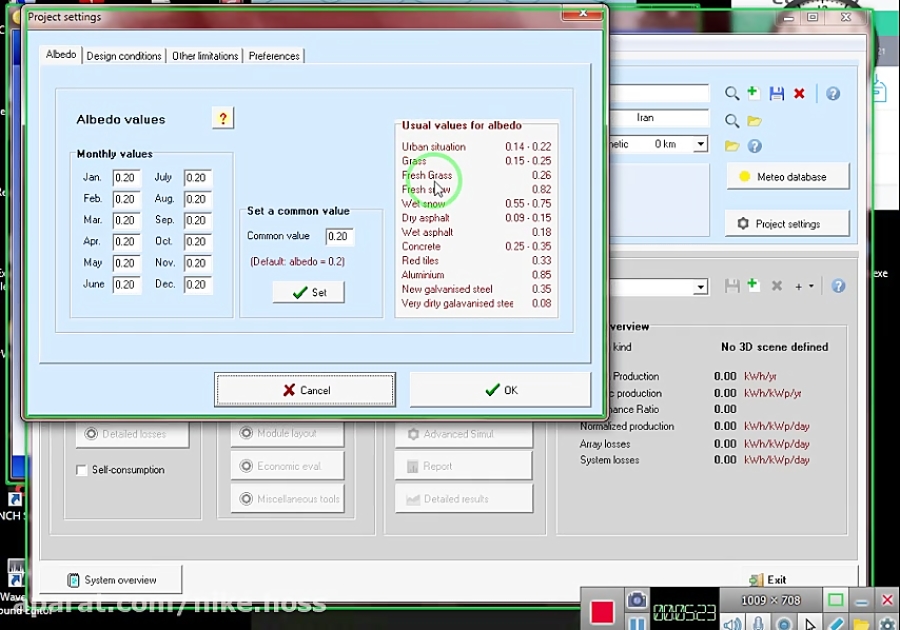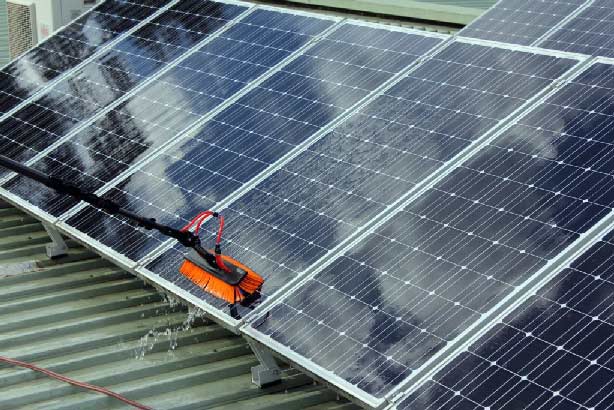



In the buck-boost converter, the switch alternately connects the inductor across the power. Its conversion ratio is M(D) = 1/(1 - D). This converter produces an output voltage V that is greater in magnitude than the input voltage V g.

Output voltage ripple and switching-node waveforms for the invert-ing buck-boost and buck converters are shown in Figures 3 and 4. converter has a 5-V output at 2 A, while the inverting buck-boost converter has a -5-V output, also at 2 A. Two different topologies are called buck-boost converter.Both of them can produce a range of output voltages, ranging from much larger. It is equivalent to a flyback converter using a single inductor instead of a transformer. The buck-boost converter is a type of DC-to-DC converter that has an output voltage magnitude that is either greater than or less than the input voltage magnitude. Switching Power Converters: Electric Power supplies. #BuckBoostConverter #FoolishEngineer #BuckBoostConverterWorking0:00 Introduction01:38 The working of buck-boost converter03:43 The working of buck-boost conv.


 0 kommentar(er)
0 kommentar(er)
